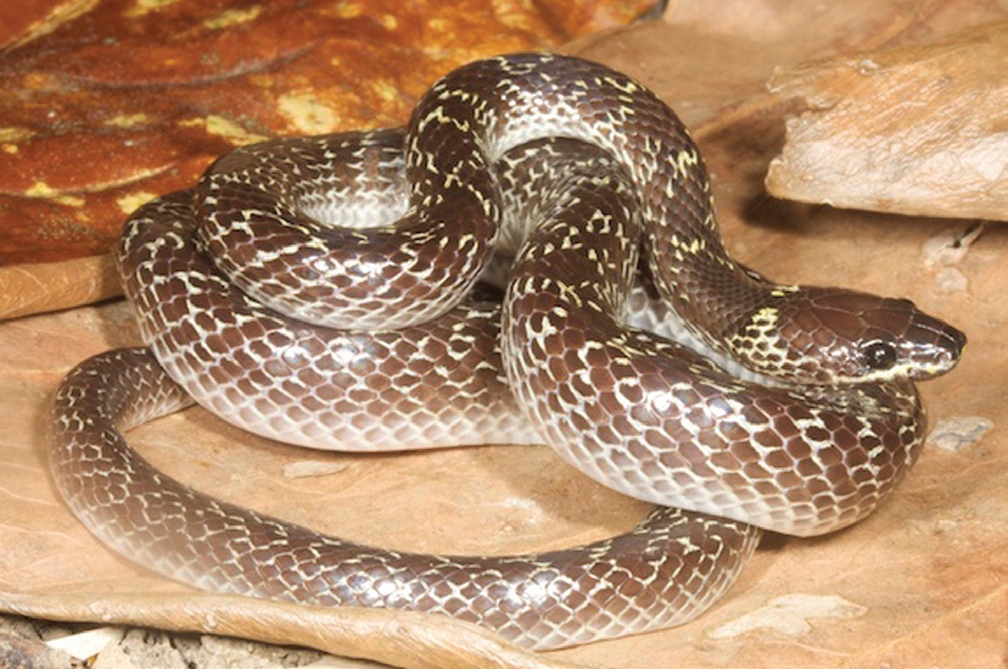In the fascinating world of reptilian behavior, one might assume snakes would always seek direct sunlight to warm their cold-blooded bodies. However, contrary to popular belief, many snake species deliberately choose dappled or filtered light instead of full sun exposure. This behavior, known as basking in shaded light, serves multiple critical functions beyond simple thermoregulation. From avoiding predators to preventing overheating, snakes have evolved sophisticated relationships with their light environments. This article explores the surprising reasons behind why these remarkable reptiles often prefer the shadows to direct sunlight, offering insights into their survival strategies and physiological adaptations.
The Thermoregulation Paradox

Unlike mammals who generate internal heat, snakes are ectothermic creatures that rely entirely on external heat sources to regulate their body temperature. This fundamental biological trait drives much of their behavior, including their relationship with sunlight. Interestingly, while snakes need heat, direct prolonged exposure to intense sunlight can rapidly increase their body temperature beyond optimal levels. Shaded or filtered light offers a more controlled heating environment, allowing snakes to warm up without the risk of dangerous overheating. This nuanced approach to thermoregulation demonstrates the sophisticated ways snakes have adapted to their environments despite their seemingly simple physiology.
Avoiding Predator Detection
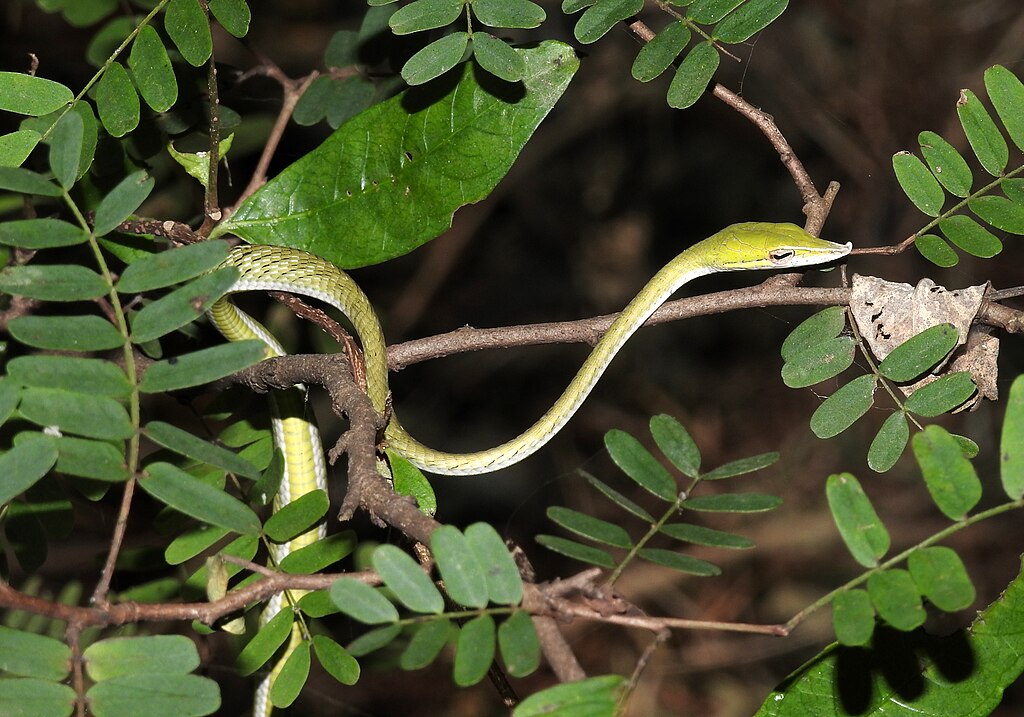
Basking in shaded areas provides snakes with critical protection from aerial predators such as hawks, eagles, and other birds of prey. In dappled light beneath vegetation, a snake’s patterns and coloration often blend seamlessly with the shadows and light patches on the ground, creating effective camouflage. This strategic positioning allows them to gain the thermal benefits they need while minimizing exposure to potential threats from above. For many species, particularly smaller snakes, the risk of predation in open sunlight far outweighs the thermoregulatory advantages, making shaded basking an essential survival strategy. Even larger species that have fewer natural predators often maintain this behavior as an evolutionary holdover from their vulnerable ancestors.
UV Radiation Protection
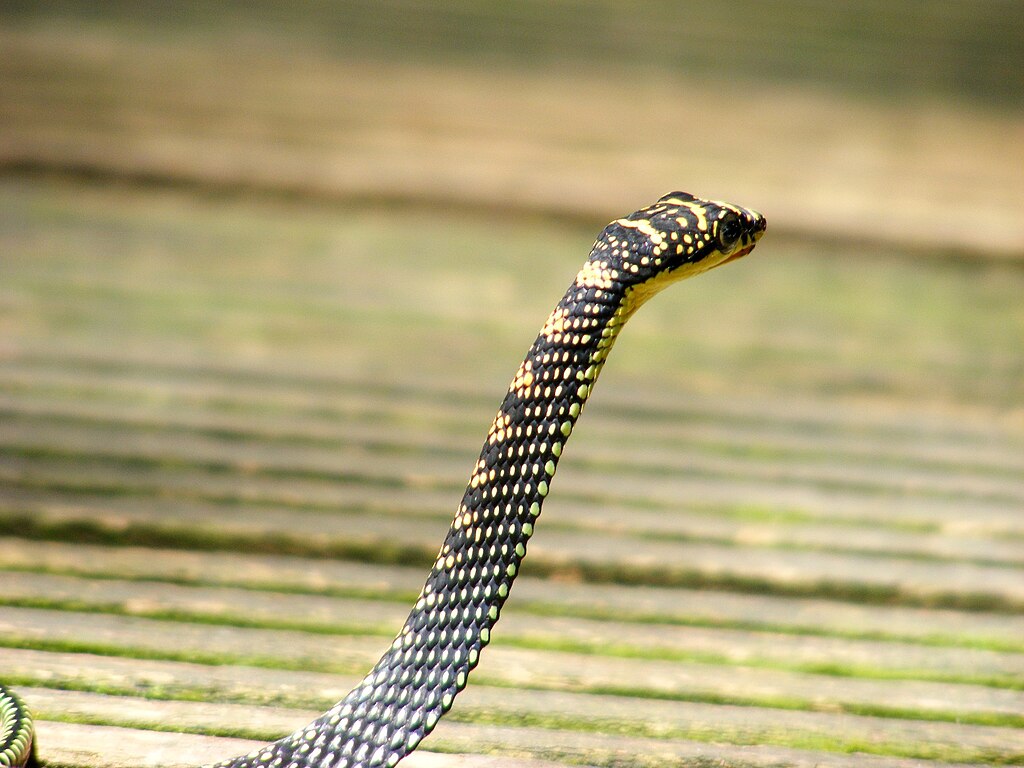
Although snakes benefit from some UV exposure for vitamin D synthesis, excessive ultraviolet radiation can be harmful to their skin and eyes. By basking in filtered light, snakes receive adequate UV exposure without suffering potential damage from intense direct sunlight. This selective approach to UV radiation demonstrates a remarkable evolutionary adaptation that balances the benefits and risks of sun exposure. Research has shown that prolonged exposure to unfiltered sunlight can cause cellular damage in reptiles similar to sunburn in humans, though their scales provide some natural protection. The dappled light environment allows for sufficient UV absorption for biological processes while preventing harmful overexposure.
Moisture Conservation Strategy
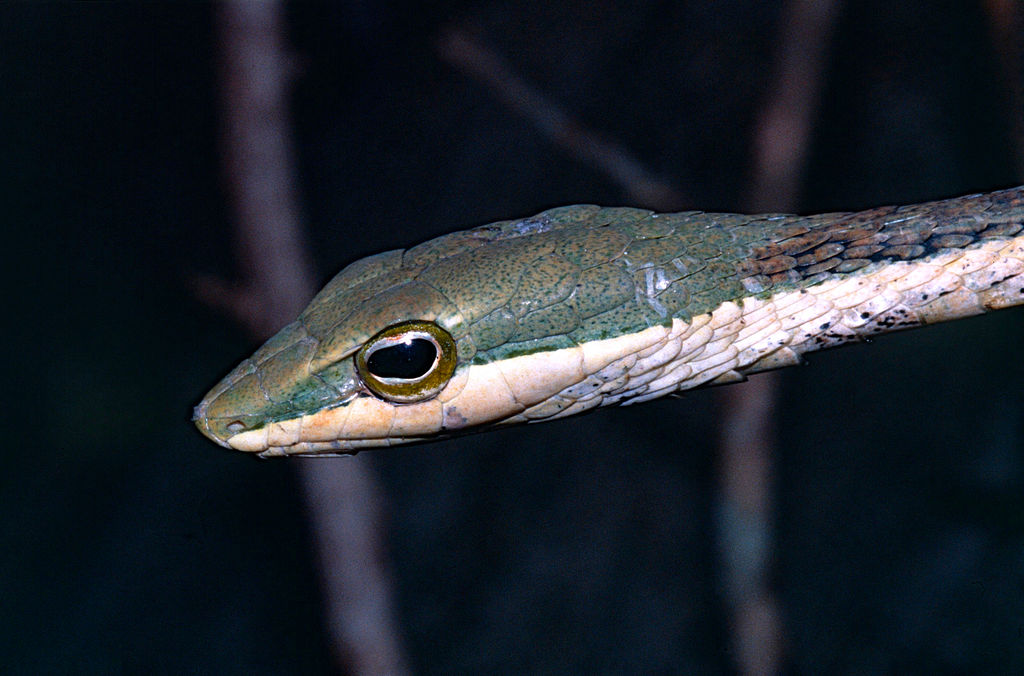
Water conservation represents another crucial reason why snakes often prefer shaded basking spots over direct sunlight. Open sunlight significantly accelerates water loss through the snake’s skin and respiratory system, potentially leading to dangerous dehydration. Shaded areas typically maintain higher humidity levels and lower ambient temperatures, creating microclimates that help snakes retain vital moisture. This consideration is especially important for species native to arid or semi-arid environments where water sources may be scarce or unpredictable. By utilizing shaded basking, these reptiles can effectively balance their need for heat with their equally important need to minimize water loss, demonstrating sophisticated behavioral adaptation to environmental challenges.
Creating Temperature Gradients

Shaded light environments naturally create varied temperature gradients that allow snakes to fine-tune their body temperature with remarkable precision. By positioning different portions of their body in areas with varying degrees of sun exposure, snakes can warm specific body regions while keeping others cooler. This thermal gradient approach allows for optimal physiological functioning, as different bodily processes may require different temperatures to operate efficiently. For instance, a snake might position its digestive tract in warmer areas to accelerate food processing while keeping its head in cooler shade to maintain alertness and cognitive function. This sophisticated thermoregulatory behavior demonstrates a level of body awareness and environmental interaction that many people wouldn’t expect from reptiles.
Seasonal and Regional Variations
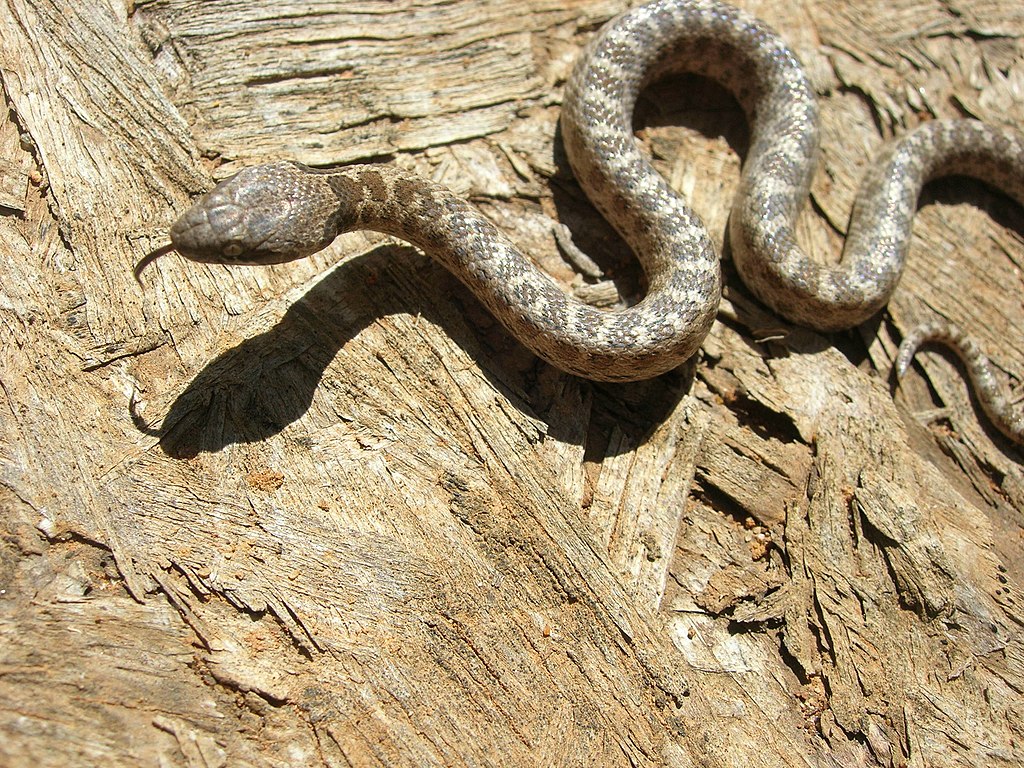
Snake basking behaviors show remarkable adaptability across different seasons and geographic regions, reflecting their ability to adjust to changing environmental conditions. During cooler months or in temperate climates, snakes may seek more direct sunlight to achieve adequate warming, while in summer or tropical regions, they’ll favor increasingly filtered light to prevent overheating. This seasonal flexibility allows snakes to thrive across diverse habitats spanning from deserts to rainforests. Studies tracking individual snakes have shown they often maintain mental maps of optimal basking locations that shift throughout the year, returning to specific spots based on seasonal conditions. This adaptability has contributed significantly to snakes’ successful colonization of nearly every terrestrial habitat except the polar regions.
Species-Specific Preferences

Different snake species exhibit distinct preferences for light exposure based on their evolutionary history and native habitat. Forest-dwelling species like many pythons and boas typically prefer heavily filtered light, reflecting their adaptation to canopy environments where direct sunlight rarely reaches the forest floor. Conversely, some desert species may utilize dappled shade from sparse vegetation while still tolerating higher light intensity than their forest counterparts. These specialized preferences have evolved over millions of years, fine-tuning each species to its ecological niche. Research comparing basking behaviors across related species provides valuable insights into how environmental pressures shape evolutionary adaptations, with closely related species often showing dramatically different light preferences based on their habitat specialization.
Hunting and Ambush Advantages

For many predatory snakes, shaded basking locations offer significant hunting advantages beyond simple temperature regulation. The dappled light patterns create visual complexity that helps conceal their presence from potential prey moving through the area. This light-and-shadow camouflage is particularly beneficial for ambush hunters like vipers and pythons, which rely on remaining undetected until prey comes within striking distance. Additionally, the moderate temperatures of shaded areas help snakes maintain the optimal body temperature needed for swift striking movements when prey appears. Some species have evolved patterns specifically optimized for breaking up their outline in dappled light conditions, with coloration that mimics the interplay of sun and shadow on the ground beneath vegetation.
The Role of Infrared Detection

Many snake species possess specialized heat-sensing organs that detect infrared radiation, allowing them to perceive their thermal environment with extraordinary precision. These pit organs, most developed in vipers and pythons, enable snakes to identify optimal basking locations based on subtle temperature differentials that would be imperceptible to humans. When combined with shaded basking behavior, this infrared sensitivity allows for remarkably precise thermoregulation even in complex light environments. The snake can detect exactly which patches of filtered sunlight offer the ideal temperature range, moving as needed throughout the day as sun angles change. This sensory specialization represents one of the most sophisticated adaptations in the reptile world, allowing snakes to extract maximum thermal benefit from minimal sun exposure.
Metabolic Optimization

The controlled heating provided by shaded basking directly impacts a snake’s metabolic processes, particularly digestion and immune function. By maintaining body temperatures within precise optimal ranges, snakes can efficiently process meals while conserving energy. Research indicates that snakes digesting large meals will seek specific temperature ranges that accelerate enzymatic activity without reaching levels that might denature proteins or waste energy. This metabolic optimization extends to other physiological processes as well, including immune response, reproductive development, and general tissue maintenance. The precision offered by shaded environments allows snakes to “dial in” their exact preferred temperature rather than being subject to the more extreme fluctuations of direct sunlight.
Behavioral Thermoregulation Techniques

Snakes employ a fascinating array of behavioral techniques to maximize the benefits of shaded basking. Many species will adjust their body posture throughout the day, flattening to increase surface area during cooler periods or coiling tightly to reduce heat loss when temperatures drop. Some species perform a behavior known as “shuttling,” where they move between sun and shade patches with remarkable frequency to maintain precise body temperatures. Studies using thermal imaging have revealed that snakes can maintain their core body temperature within a margin of just 1-2 degrees Celsius through these behavioral adjustments despite much larger fluctuations in ambient temperatures. This level of thermoregulatory control rivals what mammals achieve through physiological means, demonstrating how behavioral adaptation can substitute for biological limitations.
Conservation Implications

Understanding snakes’ reliance on shaded basking environments has significant implications for conservation efforts and habitat management. Habitat destruction that removes canopy cover or mid-story vegetation can eliminate the dappled light environments critical for many snake species, even when the landscape remains otherwise intact. Conservation strategies increasingly recognize the importance of maintaining these light microhabitats by preserving vegetation structure rather than simply protecting land area. Climate change poses additional challenges, as warming temperatures may shrink the temporal windows during which shaded basking is viable in many regions. Successful snake conservation depends on recognizing and protecting these subtle but critical aspects of their habitat requirements, particularly the light environments they rely on for basic physiological functions.
Captive Care Considerations

For those keeping snakes in captivity, replicating natural shaded basking opportunities represents a critical but often overlooked aspect of proper husbandry. Simply providing a hot spot under a heat lamp fails to recreate the complex light environment that many species have evolved to utilize. Responsible keepers increasingly incorporate partial barriers, artificial plants, or mesh screens to create filtered light zones that better mimic natural conditions. This attention to light quality rather than just temperature has been shown to reduce stress behaviors and improve overall health outcomes in captive specimens. Advances in reptile lighting technology now allow for more sophisticated setups that can recreate dappled light effects, gradient temperatures, and appropriate UV exposure that better approximate the complex basking environments snakes seek in the wild.
Conclusion
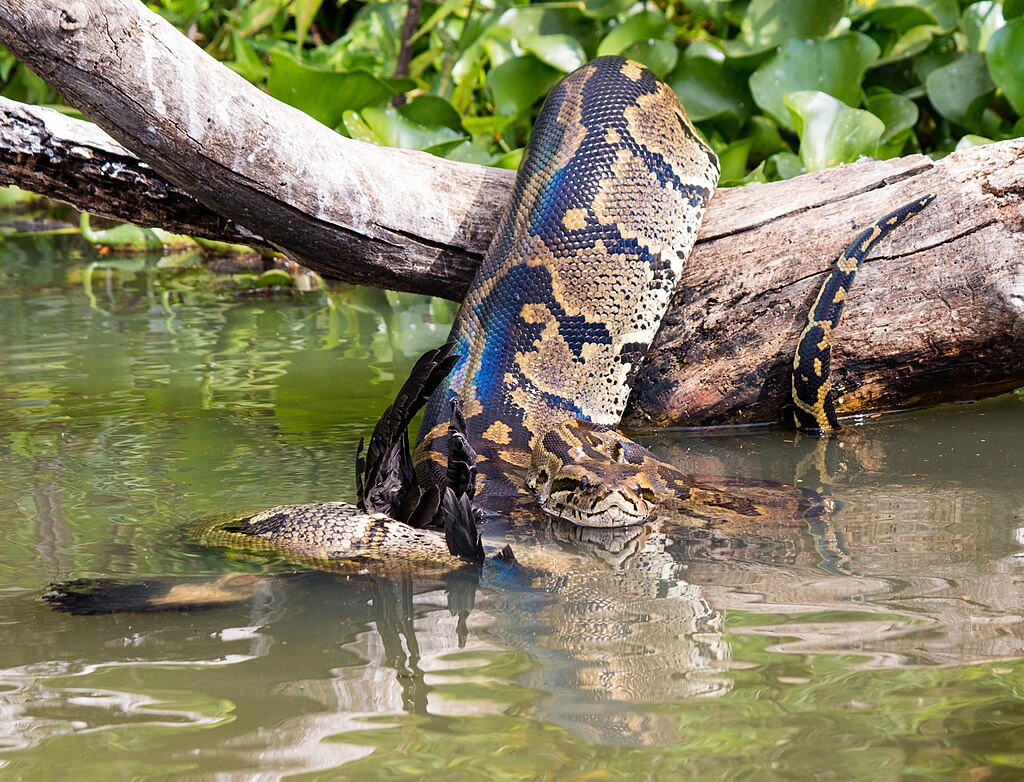
The preference of snakes for basking in shaded light reveals a sophisticated relationship with their environment that goes far beyond simple heat-seeking behavior. Through this strategic approach to light exposure, snakes simultaneously manage their body temperature, reduce predation risk, conserve moisture, and optimize numerous physiological processes. Their remarkable adaptability in using filtered light demonstrates the complexity of reptile behavior that has allowed snakes to thrive across diverse habitats worldwide. As we continue to study these fascinating creatures, their relationship with light environments offers valuable insights into evolutionary adaptation and the subtle ecological requirements that support biodiversity. Understanding these needs not only enhances our appreciation of snake biology but also informs conservation efforts and improves captive care practices for these often misunderstood reptiles.

